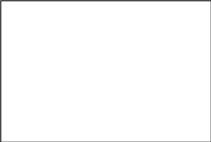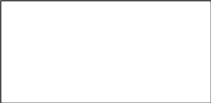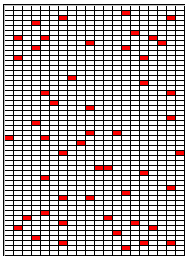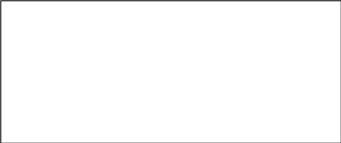Understanding Value Trade-Offs Regarding Fire Hazard Reduction Programs in the Wildland-Urban Interface
Understanding Value Trade-Offs Regarding Fire Hazard Reduction Programs in the Wildland-Urban Interface
0596-0189 - Appendix 4 - Chance Ladder
Understanding Value Trade-Offs Regarding Fire Hazard Reduction Programs in the Wildland-Urban Interface
OMB: 0596-0189
OMB Approval # 0596-0189
Appendix 4 – Chance Ladder (to accompany survey)
Expires: To be Updated
CHANCE
LADDER

CHANCE GRIDS
(1) Annual chance
Another
way to illustrate the Average Annual Chance of a wildfire
damaging your house is shown in the
diagram to the left. The “chance grid” shows a
neighborhood with 1000 houses, and each square represents one house.
The white squares are houses that have not been damaged or
destroyed by wildfire, and the red squares are houses that have been
damaged or destroyed. Consider this to be a typical, or average,
occurrence each year for this neighborhood. To get a feeling for
this chance level, close your eyes and place the tip of a pen inside
the grid. If it touches a red square, this would signify your house
was damaged or destroyed by wildfire.

(2) Ten year chance
The chance that your house
will be damaged by wildfire during a ten year period is
approximately 10 times the chance that it would be damaged or
destroyed in a single year. The Average Ten Year Chance is shown for
the same neighborhood over a ten year period, where red squares
represent houses that have been damaged or destroyed during a ten
year period and white squares are houses that have not been damaged
or destroyed.



YOUR EXPECTED TEN YEAR LOSS
Over a ten year period, the expected wildfire-related loss that you face can be calculated as the chance that a wildfire damages your house during that period multiplied (x) by the amount of damage. This includes the cost of rebuilding any portion of your home that is damaged, replacing its contents, replacing other property (such as cars), and landscaping. The general expected value approach is:
Expected Ten Year Loss = (Average Ten Year Chance of Wildfire Damaging or Destroying the house) x ($ Damage to Property)
For example, if the Average 10 year chance is 50/1,000, and if the damage to your property from a wildfire is $100,000, then the Expected Ten Year Loss is
$5,000 = 0.05 x $100,000
| File Type | application/vnd.openxmlformats-officedocument.wordprocessingml.document |
| File Modified | 0000-00-00 |
| File Created | 0000-00-00 |
© 2025 OMB.report | Privacy Policy